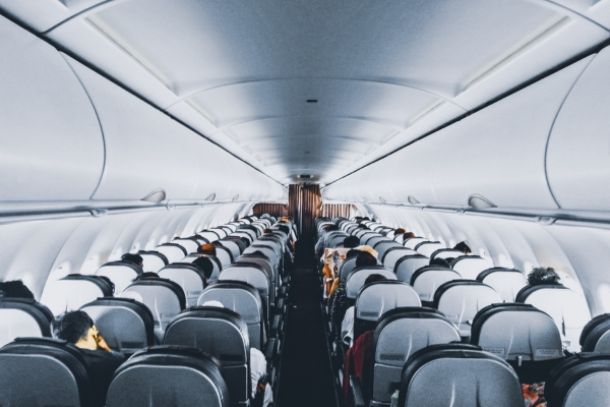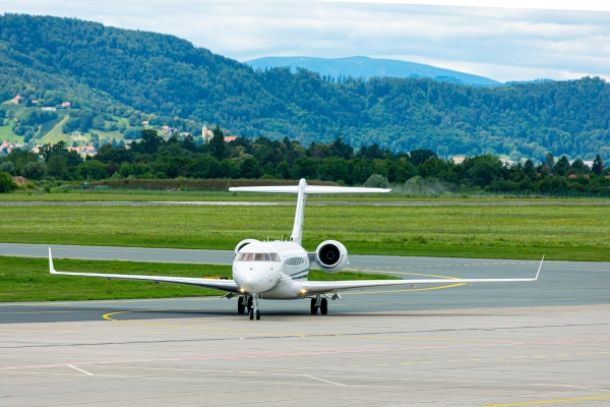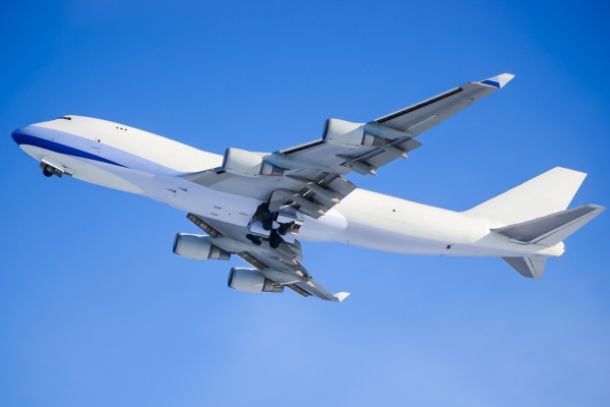How Flexibility Can Save You on Airfare
How Flexibility Can Save You on Airfare
Being flexible with your travel plans is one of the most effective ways to save on airfare. Adjusting elements like travel dates, times, and even destinations can make a huge difference in finding the best prices. Here’s how to use flexibility to consistently secure cheaper flights.
1. Choose Flexible Dates for Lower Fares
Flexibility with travel dates can reveal lower prices by allowing you to avoid peak demand periods. Many flight search engines, such as Google Flights and Skyscanner, offer flexible date options that display fares over a range of dates.
- How it works: Instead of selecting fixed dates, choose the “flexible dates” or “calendar view” option to see a month’s worth of prices and pinpoint the cheapest days.
2. Fly Mid-Week and Off-Peak Hours
Flying on less popular days, like Tuesdays and Wednesdays, or during early morning and late-night hours often results in lower fares. Weekends and peak times typically come with higher ticket prices due to increased demand.
- Pro tip: Plan flights on mid-week days and at non-peak hours to maximize savings. Late-night or “red-eye” flights are often the most affordable.
3. Use Nearby or Alternative Airports
Flying into or out of nearby airports instead of main hubs can provide significant savings. Many cities have multiple airports, with smaller ones often serving budget airlines and offering cheaper fares.
- How to use it: Select “nearby airports” when searching to expand options, and check if the savings from an alternative airport offset any additional transportation costs.
4. Consider Booking with Layovers
Opting for flights with layovers can reduce costs, as non-stop flights are usually priced higher for convenience. Longer layovers or multi-city routes often come with lower fares and can sometimes be used to explore another destination along the way.
- Extra benefit: Some platforms, like Kiwi.com, specialize in multi-city flights that allow you to combine cities for even more savings.
5. Book Last-Minute if You’re Flexible on Destination
Last-minute deals can be a good option if you’re not committed to a specific destination. Airlines often reduce prices close to departure to fill empty seats on select routes, making spontaneous travel an affordable option.
- Where to find deals: Apps like Last Minute Travel and Secret Flying regularly post last-minute discounts on various routes.
6. Utilize Flexible Rewards Points
If you have travel rewards credit cards or airline miles, flexibility allows you to redeem points for cheaper flights, especially during non-peak travel periods. Using points instead of cash can often stretch your travel budget further.
- Best time to redeem: Plan point redemption for routes with higher cash prices, where your points will yield more value.
7. Sign Up for Airline Deals and “Mistake Fare” Alerts
Sometimes airlines or online travel agencies mistakenly list fares at much lower prices than intended. Websites like Secret Flying and Airfarewatchdog specialize in identifying these “mistake fares” and can alert you to these rare but valuable deals.
- Tip: Act fast when a mistake fare appears, as airlines correct these errors quickly once discovered.
8. Be Open to Different Travel Seasons
Traveling during shoulder seasons—such as late spring or early fall for many destinations—helps you avoid peak-season prices while still enjoying favorable weather. Airfare and accommodation costs tend to drop between high and low travel seasons.
- Example: Europe’s shoulder season in April or October offers lower prices compared to peak summer months, with fewer tourists and pleasant weather.
9. Search for Budget Airlines on Short Routes
Budget airlines like Ryanair, Spirit, and Frontier offer basic, low-cost fares on shorter routes by omitting perks like checked baggage and in-flight meals. If you’re flexible on amenities, budget airlines can be a great way to save.
- Important: Double-check each airline’s baggage and seat policies to avoid unexpected fees, which can add up quickly.
10. Leverage Stopovers for Additional Destinations
Some airlines offer free or discounted stopovers in their home cities (e.g., Icelandair in Reykjavik), allowing you to visit an extra destination at no extra cost. Using stopover programs can reduce airfare costs and add a new experience to your trip.
- How to find them: Check with airlines like Qatar Airways, Icelandair, and Finnair, which frequently promote stopover options.
Conclusion: Flexibility Unlocks Affordable Travel
Flexibility in travel plans—whether in dates, destinations, or route preferences—unlocks a wealth of opportunities for saving on flights. By being open to adjustments, you can take advantage of lower fares, spontaneous trips, and even multi-city experiences without overspending.


